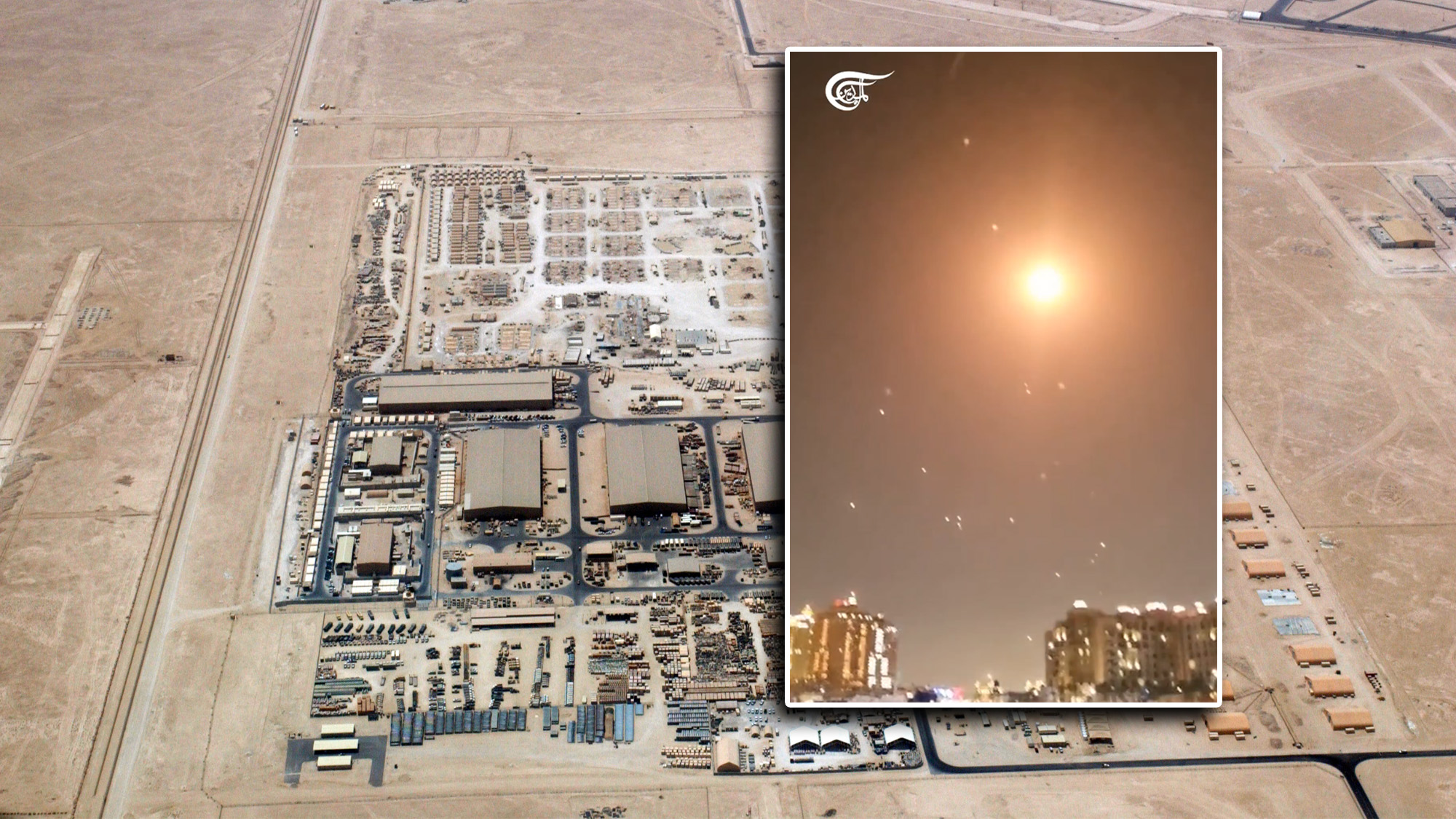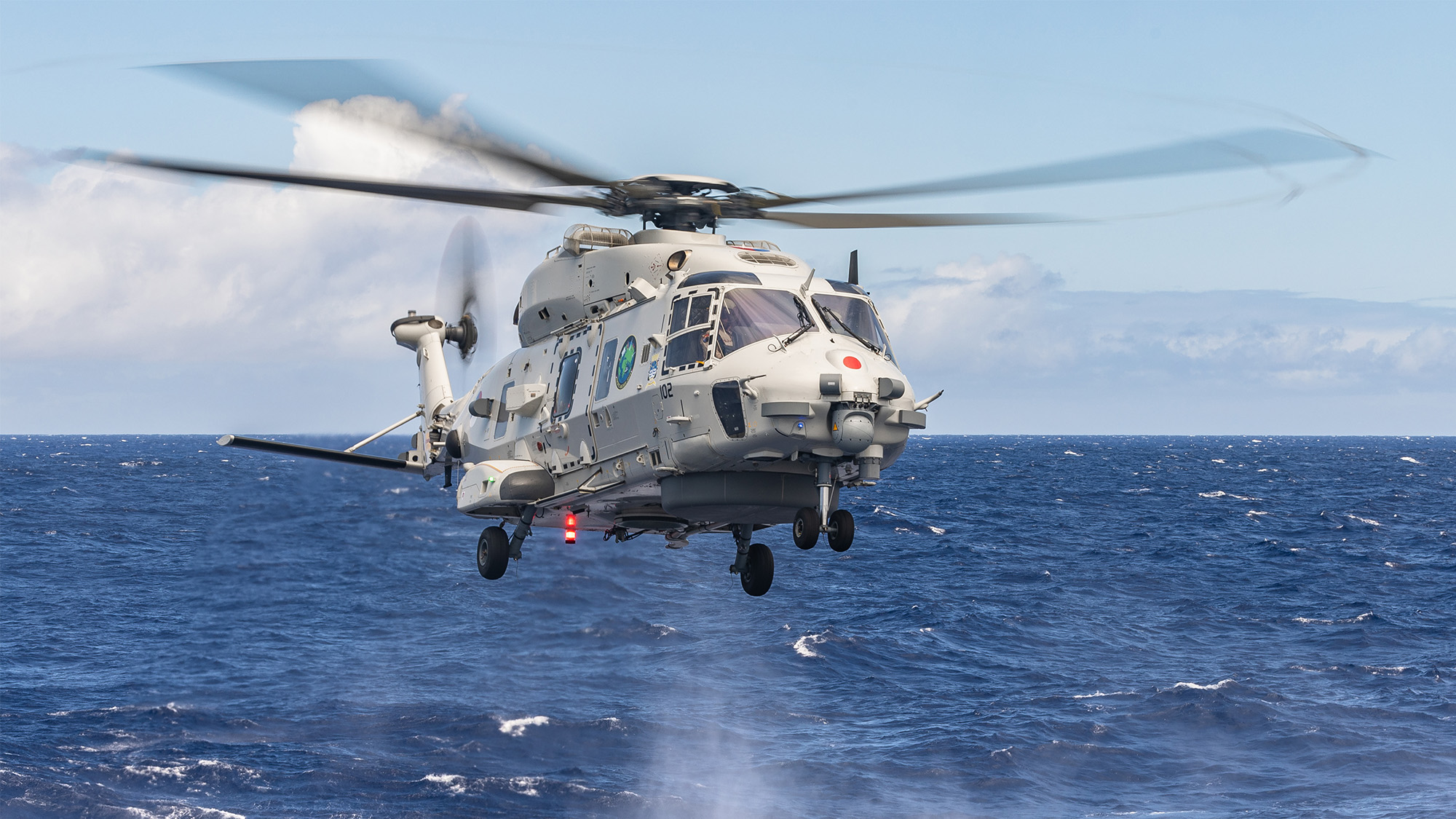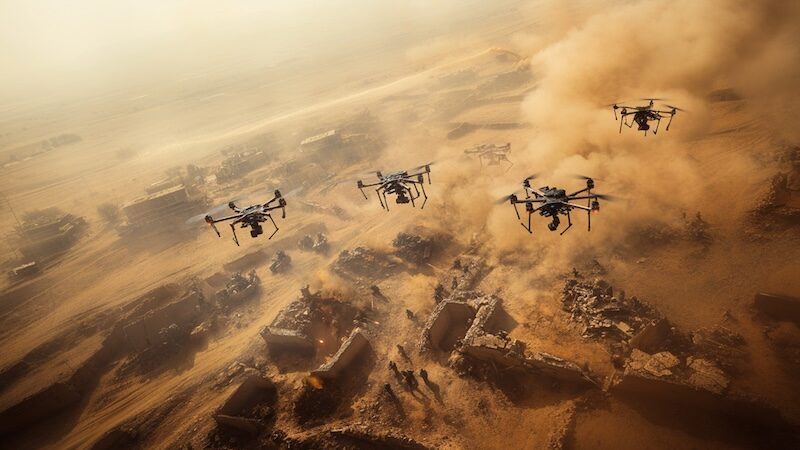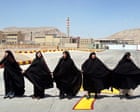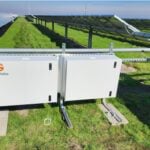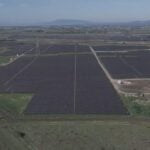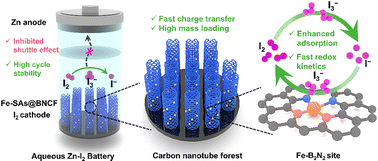Cold Atoms, quantum lightbulbs and new radars: Thales shows off tech at Paris
A top Thales scientist walked Breaking Defense through a series of futuristic technologies the company hopes will provide cutting-edge capabilities as they mature.


The Thales chalet seen at the 2025 Paris Air Show. (Aaron Mehta/Breaking Defense.)
PARIS AIR SHOW — At major aviation exhibitions like the one held at Le Bourget this week, the heavy hardware screaming through the skies always gets first billing. But sometimes companies bring quieter, but potentially just as important, pieces of technology to display.
That was the case with Thales, whose head of laboratory, Arnaud Brignon, walked Breaking Defense through a series of futuristic technologies the company hopes will provide cutting-edge capabilities as they mature.
One device Brignon showed off resembles a slightly oversized lightbulb. That, he said, is a SQIF (which, as everyone of course knows, stands for “Superconducting Quantum Interference Filter), basically “a very powerful listening device.”
As Brignon explained it, antennas that sense radio frequencies (RF) work on detecting the electric field components of the electromagnetic waves and, need to be about half the size of the RF wavelength in order to be effective. This means one needs different sizes of antenna to detect different RF wavelengths and they can become big, upwards of 10 m (33 feet) high.
The goal of the SQIF is to make that whole process much smaller. Inside the “lightbulb” is an array of superconducting quantum interference devices (SQUIDs, of course) each one made from a tiny superconducting current loop.
This current can be modified by even the tiniest change in the magnetic field around it, producing a sensor with ultra-high sensitivity and a large bandwidth in something that could fit inside a shoebox. But the system only works if it’s very (very, very) cold — 77 Kelvin (-196.15°C) so it has an integrated miniature cryocooler.
“This demonstrator we’ve developed works,” Brignon said.
Just next to it was the model of an inertial measurement unit, a gyroscope to help position without GPS, dubbed Cold Atom. According to Brignon, it multiplies by 100 the exactitude of a classic inertial system. “That means it would tell you where you are to within 10 m (33 feet) instead of 10 km (6.21 miles).”
Brignon explained that an atom moves constantly, but if you aim lasers at it from every direction it can no longer move and then it becomes extremely cold, dropping to -273°C (0.15 Kelvin). “When atoms become cold they behave in a wave which can be used to estimate the position of a moving vehicle relative to a fixed Earth reference frame,” he said.
These principles have been validated in laboratory conditions “but the idea now is to make the system more compact.” The initial volume of the system was 1,500 liters. “Today this is down to 50 liters, but our goal, which we’re aiming to attain in three years is five liters,” Brignon said, adding the company hopes to have such a system on aircraft in roughly a decade.
Those two very (very, very) cold technologies were left behind to go out into the very hot sunny tarmac and have a look at the company’s new radar, which was launched here this week.
The RSM NG/IFF (identification friend or foe) is a 3-in-1 secondary surveillance radar which the company claims is “the only one of its kind in the world.” It was developed in-house over the past three or four years following concerns that, because with increased air traffic, air operation managers need to have a national air picture instantly available that includes both civil and military aircraft.
The system is designed to be used by both commercial and military operators. This does not, however, mean that civilians are going to have access to classified military data.
Mode 5, which is the encrypted NATO interrogation system, will be segregated from Mode S, which is the International Civil Aviation Organisation (ICAO) system and from Automatic Dependent Surveillance-Broadcast (ADS-B) — a cooperative surveillance system for real-time air traffic control — ensuring that only those authorized to do so will be able to access classified data.
It can use three standards from both the civilian and military world as defined by ICAO, ADS-B and NATO. This means that “civil and military airspace coordination is guaranteed, with no compromise on operational safety or detection performance,” according to Thales literature.



































